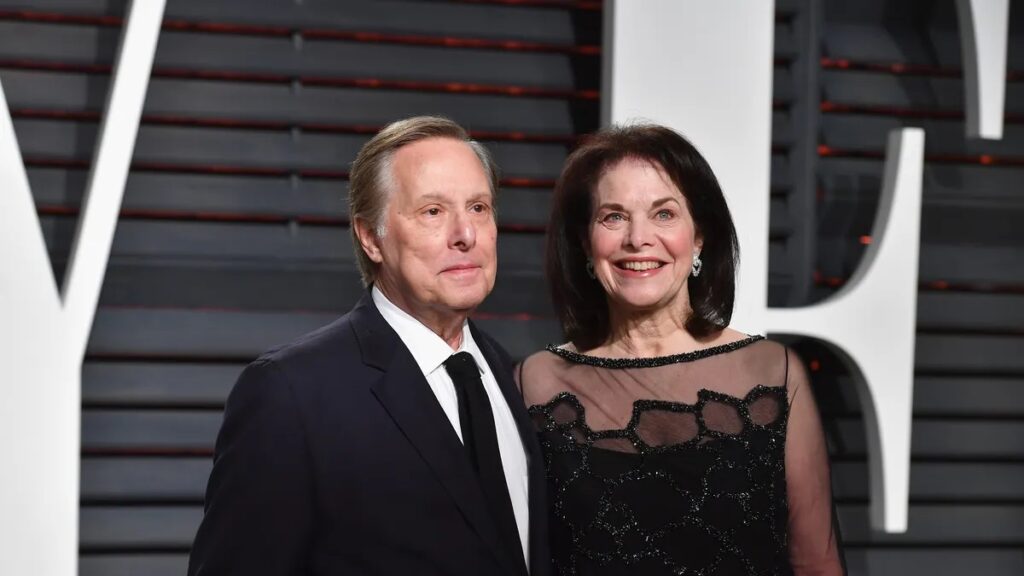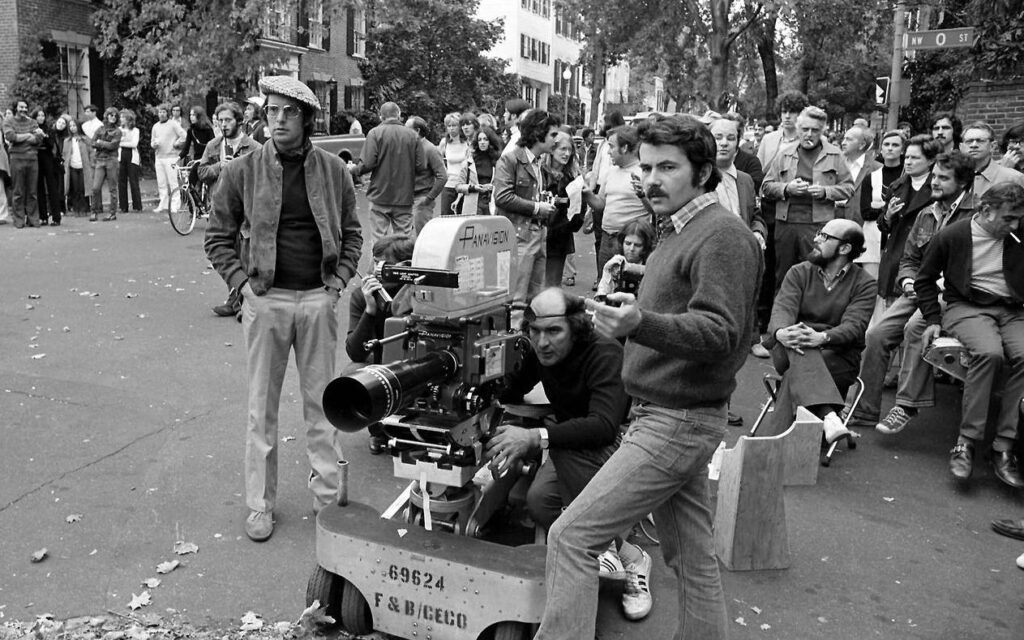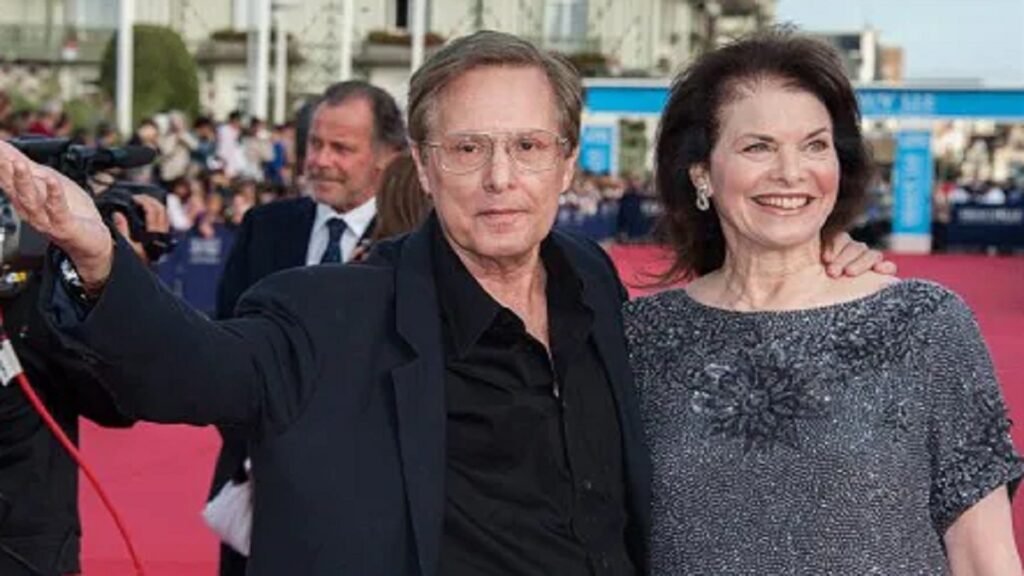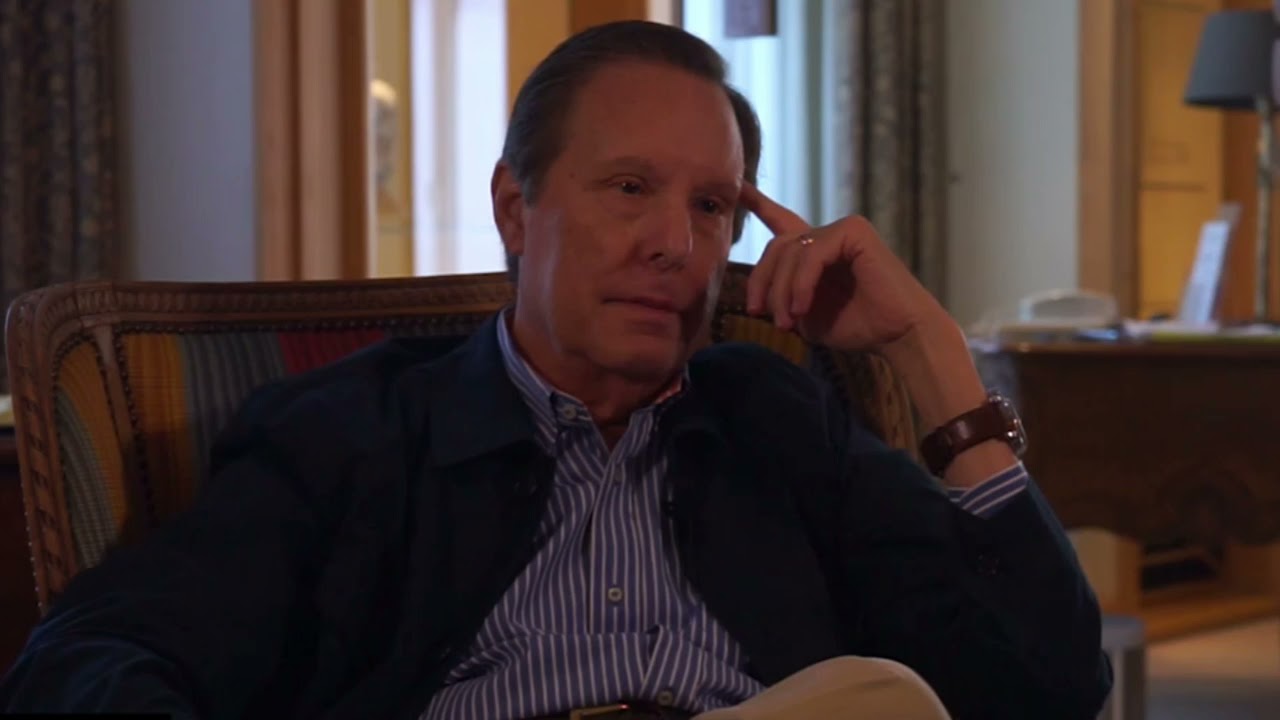William Friedkin (1935-2023) American Film and Television Director
William Friedkin (1935-2023) American Film and Television Director, Find a Grave William Friedkin find a grave, William Friedkin dies at…
William Friedkin (1935-2023) American Film and Television Director, Find a Grave William Friedkin find a grave, William Friedkin dies at 87, William Friedkinl Grave, William Friedkin Death and burial details
| BIRTH | Chicago, Illinois, United States
|
|---|---|
| DEATH | 7 August 2023 (aged 87)
Bel Air, Los Angeles, California, United States
|
| BURIAL | Burial Details Unknown |
| EDUCATION | Senn High School |
| SPOUSE | Jeanne Moreau (Married 1977; divorce 1979) Lesley-Anne Down (M. 1982, div. 1985) Kelly Lange (M. 1987, div. 1990) Sherry Lansing (M. 1991) |
| CHILDREN | 2 |
| YEARS ACTIVE | (1962-2023) |
| OCCUPATION | Director, Producer and Screen Writer |
| NATIONALITY | American |
William Friedkin Wiki, Biography, Family, Life, Age and Death
Motion Picture Director, Producer, Screenwriter. He achieved commercial success with his helming of the Academy Award garnered picture “The French Connection” (1971) and the horror thriller “The Exorcist” (1973).
Born into a Jewish family who immigrated from Ukraine, his mother was a nurse, his father struggled to maintain jobs. William got his start in television at the age of sixteen as a mailroom clerk with a local Chicago TV station. He rose to floor manager and by his early teenage years, he was directing local live programs.

He graduated to directing documentaries and relocated to Hollywood where he directed episodes of the TV programs “The Bold Men” and “The Alfred Hitchcock Hour” before guiding his first feature film “Good Times” (1967) which starred Sonny & Cher.
William Friedkin Full Biography
This was followed up with “The Night They Raided Minsky’s” (1968) and “The Boys in the Band” (1970). His other notable credits are: “Sorcerer” (1977), “The Brink’s Job” (1978), “Cruising” (1980, also wrote the screenplay), “To Live and Die in L.A.” (1985, also penned the screenplay), “Rampage” (1987), “The Guardian” (1990), “Blue Chips” (1994), “Bug” (2006) and “Killer Joe” (2011). For his contributions to motion pictures, he received a star on the Hollywood Walk of Fame in 1997, located at 7024 Hollywood Blvd.

Motion Picture Director, Producer, Screenwriter. He achieved commercial success with his helming of the Academy Award garnered picture “The French Connection” (1971) and the horror thriller “The Exorcist” (1973). Born into a Jewish family who immigrated from Ukraine, his mother was a nurse, his father struggled to maintain jobs.
William got his start in television at the age of sixteen as a mailroom clerk with a local Chicago TV station. He rose to floor manager and by his early teenage years, he was directing local live programs. He graduated to directing documentaries and relocated to Hollywood where he directed episodes of the TV programs “The Bold Men” and “The Alfred Hitchcock Hour” before guiding his first feature film “Good Times” (1967) which starred Sonny & Cher.
This was followed up with “The Night They Raided Minsky’s” (1968) and “The Boys in the Band” (1970). His other notable credits are: “Sorcerer” (1977), “The Brink’s Job” (1978), “Cruising” (1980, also wrote the screenplay), “To Live and Die in L.A.” (1985, also penned the screenplay), “Rampage” (1987), “The Guardian” (1990), “Blue Chips” (1994), “Bug” (2006) and “Killer Joe” (2011). For his contributions to motion pictures, he received a star on the Hollywood Walk of Fame in 1997, located at 7024 Hollywood Blvd.
William Friedkin Early life and education
Friedkin was born in Chicago, Illinois, on August 29, 1935, the son of Rachael (née Green) and Louis Friedkin. His father was a semi-professional softball player, merchant seaman, and men’s clothing salesman. His mother, whom Friedkin called “a saint,” was a nurse. His parents were Jewish emigrants from Ukraine. His grandparents, parents, and other relatives fled Ukraine during a particularly violent anti-Jewish pogrom in 1903. Friedkin’s father was somewhat uninterested in making money, and the family was generally lower middle class while he was growing up. According to film historian Peter Biskind, “Friedkin viewed his father with a mixture of affection and contempt for not making more of himself.”
After attending public schools in Chicago, Friedkin enrolled at Senn High School, where he played basketball well enough to consider turning professional. He was not a serious student and barely received grades good enough to graduate, which he did at the age of 16.He said this was because of social promotion and not because he was bright.

Friedkin began going to movies as a teenager, and cited Citizen Kane as one of his key influences. Several sources claim that Friedkin saw this motion picture as a teenager, but Friedkin himself said that he did not see the film until 1960, when he was 25 years old. Only then, Friedkin said, did he become a true cineaste. Among the movies which he also saw as a teenager and young adult were Les Diaboliques, The Wages of Fear (which many consider he remade as Sorcerer), and Psycho (which he viewed repeatedly, like Citizen Kane). Televised documentaries such as 1960’s Harvest of Shame were also important to his developing sense of cinema.
Friedkin began working in the mail room at WGN-TV immediately after high school. Within two years (at the age of 18), he started his directorial career doing live television shows and documentaries. His efforts included The People vs. Paul Crump (1962), which won an award at the San Francisco International Film Festival and contributed to the commutation of Crump’s death sentence. Its success helped Friedkin get a job with producer David L. Wolper. He also made the football-themed documentary Mayhem on a Sunday Afternoon (1965).
William Friedkin Career 1965–1979
As mentioned in his voice-over commentary on the DVD re-release of Alfred Hitchcock’s Vertigo, Friedkin directed one of the last episodes of The Alfred Hitchcock Hour in 1965, called “Off Season”. Hitchcock admonished Friedkin for not wearing a tie while directing.
In 1965, Friedkin moved to Hollywood and two years later released his first feature film, Good Times starring Sonny and Cher. He has referred to the film as “unwatchable”. Several other films followed: The Birthday Party, based on an unpublished screenplay by Harold Pinter, which he adapted from his own play; the musical comedy The Night They Raided Minsky’s, starring Jason Robards and Britt Ekland; and the adaptation of Mart Crowley’s play The Boys in the Band.
His next film, The French Connection, was released to wide critical acclaim in 1971. Shot in a gritty style more suited for documentaries than Hollywood features, the film won five Academy Awards, including Best Picture and Best Director. Friedkin’s next film was 1973’s The Exorcist, based on William Peter Blatty’s best-selling novel, which revolutionized the horror genre and is considered by some critics to be one of the greatest horror movies of all time. The Exorcist was nominated for 10 Academy Awards, including Best Picture and Best Director. It won for Best Screenplay and Best Sound. Following these two pictures, Friedkin, along with Francis Ford Coppola and Peter Bogdanovich, was deemed one of the premier directors of New Hollywood. In 1973, the trio announced the formation of an independent production company at Paramount Pictures, The Directors Company. Whereas Coppola directed The Conversation and Bogdanovich, the Henry James adaptation, Daisy Miller, Friedkin abruptly left the company, which was soon closed by Paramount.

Friedkin’s later movies did not achieve the same success. Sorcerer (1977), a $22 million American remake of the French classic The Wages of Fear, co-produced by both Universal and Paramount, starring Roy Scheider, was overshadowed by the blockbuster box-office success of Star Wars, which had been released exactly one week prior. Friedkin considered it his finest film, and was personally devastated by its financial and critical failure (as mentioned by Friedkin himself in the 1999 documentary series The Directors). Sorcerer was shortly followed by the crime-comedy The Brink’s Job (1978), based on the real-life Great Brink’s Robbery in Boston, Massachusetts, which was also unsuccessful at the box-office.
1980–1999
In 1980, Friedkin directed an adaptation of the Gerald Walker crime thriller Cruising, starring Al Pacino, which was protested during production and remains the subject of heated debate. It was a critically assailed financial disappointment.
Friedkin had a heart attack on March 6, 1981, due to a genetic defect in his circumflex left coronary artery, and nearly died. He spent months in rehabilitation. His next picture was the satire Deal of the Century in 1983, starring Chevy Chase, Gregory Hines, and Sigourney Weaver.
In 1985, Friedkin directed the music video for Barbra Streisand’s rendition of the West Side Story song “Somewhere”, which she recorded for her twenty-fourth studio LP, The Broadway Album. He later appears as Streisand’s interviewer (uncredited) on the television special, “Putting It Together: The Making of the Broadway Album”.
The action/crime movie To Live and Die in L.A. (1985), starring William Petersen and Willem Dafoe, was a critical favorite and drew comparisons to Friedkin’s own The French Connection (particularly for its car chase sequence), while his courtroom drama/thriller Rampage (1987) received a fairly positive review from Roger Ebert. He next directed the cult classic horror film The Guardian (1990) and the thriller Jade (1995), starring Linda Fiorentino. Though the latter received an unfavorable response from critics and audiences, he said it was one of the favorite films he directed.
2000–2023
In 2000, The Exorcist was re-released in theaters with extra footage and grossed $40 million in the U.S. alone. Friedkin directed the 2007 film Bug due to a positive experience watching the stage version in 2004. He was surprised to find that he was, metaphorically, on the same page as the playwright and felt that he could relate well to the story. The film won the FIPRESCI prize at the Cannes Film Festival. Later, Friedkin directed an episode of the TV series CSI: Crime Scene Investigation titled “Cockroaches”, which re-teamed him with To Live and Die in L.A. star William Petersen. He directed again for CSI‘s 200th episode, “Mascara”.
In 2011, Friedkin directed Killer Joe, a black comedy written by Tracy Letts based on Letts’ play, and starring Matthew McConaughey, Emile Hirsch, Juno Temple, Gina Gershon, and Thomas Haden Church. Killer Joe premiered at the 68th Venice International Film Festival, prior to its North American debut at the 2011 Toronto International Film Festival. It opened in U.S. theaters in July 2012, to some favorable reviews from critics but did poorly at the box office, possibly because of its restrictive NC-17 rating. In April 2013, Friedkin published a memoir, The Friedkin Connection. He was presented with a lifetime achievement award at the 70th Venice International Film Festival in September. In 2017, Friedkin directed the documentary The Devil and Father Amorth about the ninth exorcism of a woman in the Italian village of Alatri. In August 2022, it was announced officially that Friedkin would be returning to film directing to helm an adaptation of the two-act play The Caine Mutiny Court-Martial with Kiefer Sutherland starring as Lt. Commander Queeg. The film was completed before Friedkin’s death, and will debut in September 2023 in the out-of-competition category at the Venice Film Festival.
William Friedkin Influences
Friedkin cited Jean-Luc Godard, Federico Fellini, François Truffaut, and Akira Kurosawa as influences. Friedkin named Woody Allen as “the greatest living filmmaker”.
In regards to influences of specific films on his films, Friedkin noted that the The French Connection‘s documentary-like realism was the direct result of the influence of having seen Z, a French film by Costa-Gavras
William Friedkin Personal life and Marrige
Friedkin was married four times:
- Jeanne Moreau, married February 8, 1977, and divorced in 1979.
- Lesley-Anne Down, married in 1982 and divorced in 1985.
- Kelly Lange, married on June 7, 1987, and divorced in 1990.
- Sherry Lansing, married on July 6, 1991.

While filming The Boys in the Band in 1970, Friedkin began a relationship with Kitty Hawks, daughter of director Howard Hawks. It lasted two years, during which the couple announced their engagement, but the relationship ended about 1972. Friedkin began a four-year relationship with Australian dancer and choreographer Jennifer Nairn-Smith in 1972. Although they announced an engagement twice, they never married. They had a son, Cedric, on November 27, 1976. Friedkin and his second wife, Lesley-Anne Down, also had a son, Jack, born in 1982. Friedkin was raised Jewish, but called himself an agnostic later in life, although he said that he strongly believed in the teachings of Jesus Christ.
William Friedkin Death and Cause of death
Friedkin died from heart failure and pneumonia at his home in the Bel Air neighborhood of Los Angeles on August 7, 2023. He was 87 years old.

